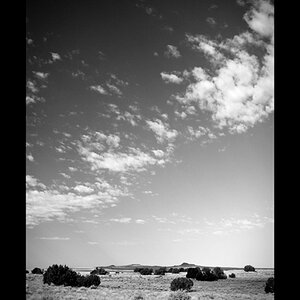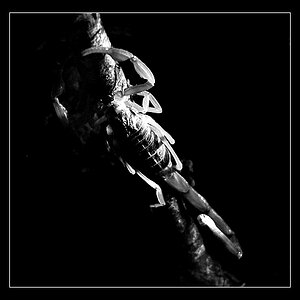- Joined
- May 27, 2016
- Messages
- 1,638
- Reaction score
- 2,402
- Can others edit my Photos
- Photos OK to edit
This article is from The Guardian newspaper in Britain, where, it seems, film is not just holding on:
Back to the darkroom: young fans reject digital to revive classic film camera
Back to the darkroom: young fans reject digital to revive classic film camera




![[No title]](/data/xfmg/thumbnail/38/38736-5bc266b035e23faf5ad942bdd97466a8.jpg?1619738703)
![[No title]](/data/xfmg/thumbnail/38/38737-350089c7ae87f5c983c5362b9b78b671.jpg?1619738703)







